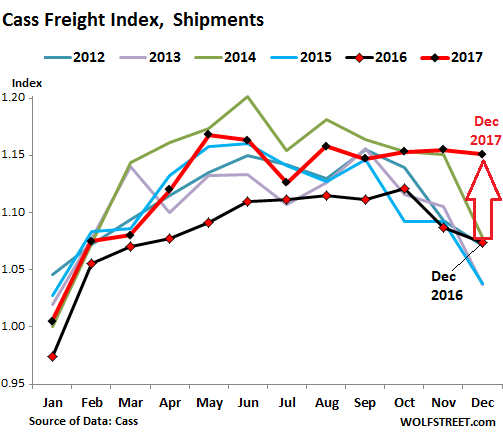From AgFunder:

Cainthus, an Irish startup focused on using computer vision and predictive imaging analysis to monitor the health and well-being of livestock has received an undisclosed investment from protein giant Cargill.Cainthus uses various types of imaging equipment to monitor livestock operations while artificial intelligence and custom algorithms detect behavior in individual animals to monitor their health and alert the user when an action is required. The Cainthus system is able to detect food and water intake in individual animals as well as when the animals are in heat and more, says founder David Hunt.
Bovine adversarial image teams around the world are working feverishly to beat the machines with ideas ranging from the (udderly) ridiculous:Imagery can come from drones, satellites, CCTV, and smart devices, but the most common set-up in Cainthus trials is an installation of a few dozen CCTV cameras on dairy farms.Within seconds Cainthus imaging technology can identify individual cows by their features, memorize their unique identity and record individual patterns and movements.“If you boil down on a granular level we’re looking at rate of change of pixels. We train our AI to understand that a particular pixel pattern is a cow and when that pixel pattern exhibits a rate of change of movement that determines what the gesture is,” explained Hunt.Cargill is also entering into a partnership with the startup and has already run several trials with Cainthus technology. So far, Cainthus has tested their system in commercial dairy farms in New York, California, Canada, Italy, and Spain.An internal team at Cargill has been searching for strategies to use digital technologies to fundamentally improve livestock and aquaculture operations for around eight months, Sri Kantamneni, managing director of digital insights at Cargill, told AgFundernews. He said that one of the most attractive qualities of Cainthus technology was its potential to apply to all animal protein sectors.....MORE



To the...actually they're all ridiculous.
Hiding from the cameras may be the only foolproof technique:

We'll give the ruminators something to think about with a few of our previous posts on the topic:
Adversarial Images, Or How To Fool Machine Vision
Fooling The Machine: The Byzantine Science of Deceiving Artificial Intelligence
"Magic AI: These are the Optical Illusions that Trick, Fool, and Flummox Computers"
Another Way To Fool The Facial Recognition Algos
Talented Makeup Artist Takes Facial Optical Illusions to a Whole New Level
31-year-old Mimi Choi, a makeup artist from Vancouver, spends hours turning her face into mind-boggling optical illusions that look photoshopped at first glance.

That last may be a bit much to expect from the cloven-hoofed beasties but it's something to aspire to.











